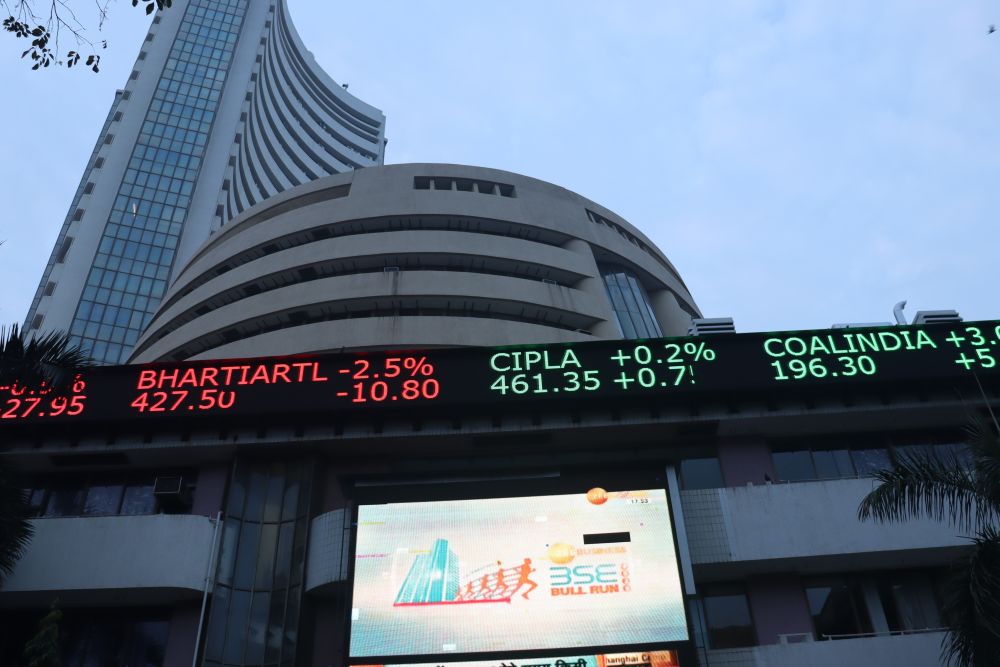
In December 2018 NASDAQ purchased a provider of alternative data, making this the first major foray into the alternative data space for the American stock exchange. This purchase was reflective of a wider trend in the financial services industry that, in addition to commoditised stock and financial data, is beginning to embrace alternative data to help inform investment decisions.
In this context, "alternative data" represents everything apart from traditional financial data like end-of-day stock prices and company fundamentals. Examples of alternative data are location data, language analysis, website scrapes, credit card purchases and satellite data. Asset managers can use this data to supplement traditional financial data, such as studying the travel patterns of consumers in a particular area to identify firms that are growing or have potential to grow.
There are several key reasons investors are seeking new sources of data. One driver is competition, as hedge funds and asset managers seek to generate the highest return for their clients. Secondly data is more widely available. About 375 providers of alternative data exist today, many of which leverage technology to make such data available easily and at lower cost.
Thirdly, and perhaps most importantly, there is a significant increase in the amount of data that is being produced on a daily basis and this is being led by location data. Asia in particular is becoming more and more digitized with a mobile penetration rate expected to hit almost 60%. This means that there is a huge amount of data being emitted on travel habits, shopping history and more. A smart asset manager will be able to take this data and use it to unlock new correlations and drive investment performance.
The investor community is taking note of this and the number of full-time data analysts, scientists and engineers hired by investment firms has increased more than fourfold since 2012. Any fund with US$100 million to US$200 million and more in assets under management (AUM) will find benefits from alternative data, allowing them to unlock previously unavailable investment opportunities. Greater alternative data use may also reduce volatility in prices and generate fewer surprises when earnings reports are delivered.
More alternative data adoption among the investment community will also create knock-on effects for the wider data economy. The data economy is the production, flow, buying and selling of data. Data producers (such as ride-sharing apps which emit data on the movements of passengers and drivers) create data, which is then purchased by a third party (such as asset managers) who seek to use the data for their own business purposes.
Yet the data economy is murky and lacks transparency. The middlemen and data aggregators who buy and sell data on behalf of the end user often hide their sources for both malicious (data is false, replicated, fake) or non-malicious (want to protect their sources) reasons. This lack of transparency breeds fraud and distrust – 'click farms' exist to produce and sell false data which they do through the data economy.
As investors start relying on alternative data to make multimillion-dollar investment decisions, they will insist on a cleaner, more transparent data economy. As a result, we will see more data providers offering authenticity and provenance, using technologies such as blockchain to stamp data with a unique signature at its source. This will result not only in more trust and confidence in the data economy but will spur innovation as the same technology that can stamp data can also be used to map disparate data sources, providing better quality data for the asset managers to work with.
The amount of data that is currently produced is huge, with 2.5 quintillion bytes of data created each day. It is increasingly valuable too, with revenues for big data and business analytics solutions forecast to reach US$260 billion by 2022. These numbers will only increase and, as data providers and the technology they use becomes more sophisticated (especially with the onset of artificial intelligence), there will be much greater use of alternative data. 2019 could well be the year that alternative data takes off among the financial services industry.
By Mike Davie, CEO and founder of Quadrant, a platform that maps and authenticates data, making it easier to access quality, authentic data, spurring innovation and solutions









